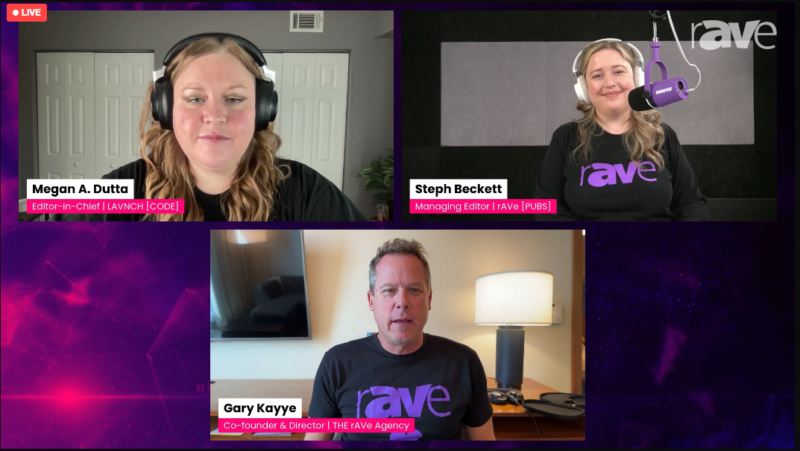What’s All the Hubbub About Brainstorming?
 (An earlier version of this post appeared in SMART’s Next Level Collaboration blog.)
(An earlier version of this post appeared in SMART’s Next Level Collaboration blog.)
Who would think there’d be such a fuss about brainstorming? Sitting in a room, coming up with ideas, writing them down — the seemingly harmless activity is practically fraught with controversy. For some, it’s not seen as harmless at all.
First, the Basics
Find me someone in your organization who has never brainstormed — privately or in groups — and you’ve found the rare, magical unicorn. In other words, we’ve all done it, and the person who has never done it doesn’t exist.
Wikipedia defines brainstorming as “a group creativity technique by which efforts are made to find a conclusion for a specific problem by gathering a list of ideas spontaneously contributed by its members.”
See, you’ve done it, too. And most likely, you’ve done it on one of the 20th-century’s “modern” marvels, the Post-It Note or the whiteboard, because both are ways to capture our ideas on some type of shared surface.
Brainstorming is something we do every day without thinking twice. And yet, when I decided to look into the topic of brainstorming, I found that there’s very contradictory research out there on its benefits.
The Benefits
Some of the benefits:
- It forces you to consider other points of view and other ways to do things
- It brings new perspectives to old problems or challenges
- It helps teams and groups think “out of the box”
- It inspires creativity and heightens problem-solving skills
And it’s important to note that documenting your brainstorming is a critical part of the process. As Eric Strong says in his blog, “The whiteboard brings a lot to the meeting; I don’t know why you’d want to work without one.” He also points out that brainstorming is a multi-step approach that includes activities before, during and after the brainstorming session for maximum effectiveness.
The Disadvantages
There are plenty of people who say that brainstorming sessions are a complete waste of time and productivity inhibitor. A few years ago, Keith Sawyer, a psychologist from Washington University, reported that, “Decades of research have consistently shown that brainstorming groups think of far fewer ideas than the same number of people who work alone and later pool their ideas.”
I even came across a post entitled, “14 Reasons Why You Should Stop Brainstorming!” (Not surprisingly, the camp in favor of posted an interesting retort called, “14 Reasons Why You Should Keep On Brainstorming.”)
So What’s an Organization (or a Person) to Do?
Enter The Harvard Business Review. In researching the topic, a colleague came across their article that suggests that brainstorming works better online as an asynchronous activity (we were brainstorming this blog post, actually… asynchronously, too!).
Why online, though? According to the author:
- It eliminates the liability of dominant personalities
- It fosters anonymity, which brings forward shyer personalities
- It increases the diversity of ideas
Online brainstorming might be just the ticket between those who sit squarely on the benefits of brainstorming and those who have issues with it. Essentially drawing the two sides together which is one of the great things about brainstorming.
So in your next brainstorm, here are a few things to keep in mind:
- Prepare for the session — let participants know why you’re including them and what the desired outcome is.
- Welcome any and all ideas — the goal is for creativity, idea refinement comes later.
- Review, refine and report to your fellow brainstormers on what the outcome is and whether it met the goal. This will reinforce that it was worth the time invested and might encourage future participation from those whose ideas you value most.
Whether you brainstorm in the same room, virtually via a conference call, or even asynchronously, be sure to check out SMART kapp and SMART kapp iQ for your 21st-century online brainstorming needs.



